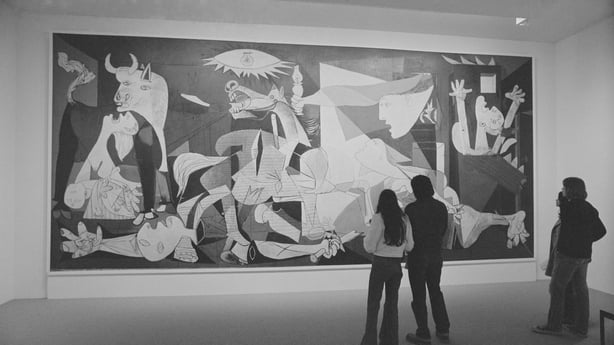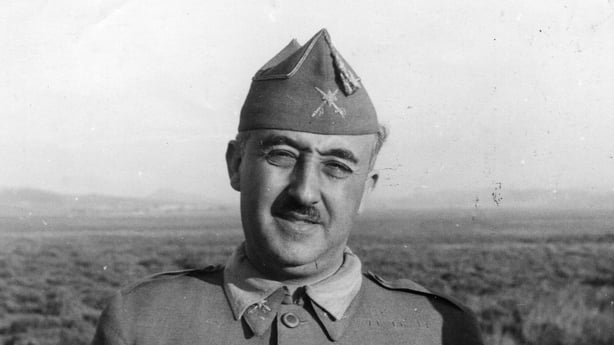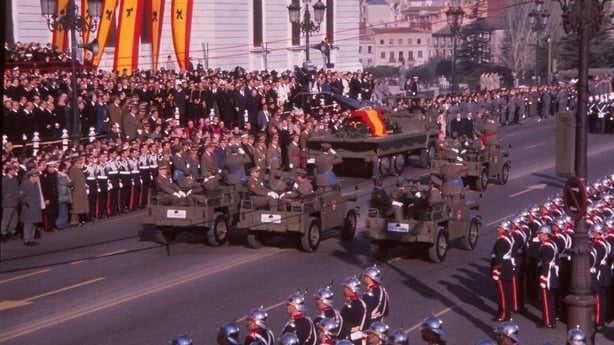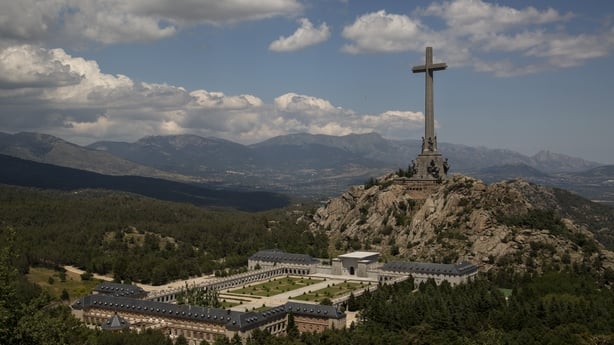What was one of Europe's longest-running dictatorships is coming under scrutiny as a victim of alleged torture by the forces of General Francisco Franco testifies for the first time in a Spanish court.
The dictator's repressive 36-year legacy continues to divide Spain nearly half a century after his death in 1975.
Civil War
Franco rose to power during the Spanish Civil War, which began in 1936 when he led a coup against the country's left-wing Republican government.
A three-year battle for control of Spain ensued, pitting Franco's Nationalist rebels, backed by fascist Italy and Nazi Germany, against the Soviet-backed Republicans.
The Nationalists won the conflict, which ended in 1939 with hundreds of thousands of dead.

Among the killing sites was the Basque town of Guernica, which was bombed by German war planes - an atrocity immortalised in a haunting painting of the same name by Spanish artist Pablo Picasso.
In his book "The Spanish Holocaust", historian Paul Preston estimated that 200,000 people died in combat during the conflict, and another 200,000 were murdered or executed - 150,000 at the hands of the Nationalists.
Atrocities were also committed by the Republican side.
After WWII broke out, Franco held talks with Hitler on joining the Axis Powers but ultimately decided against direct military involvement.

Executions and stolen babies
Franco ruled for another three decades with the backing of the military and the Catholic Church.
During his first five years in power, he executed tens of thousands of Republican prisoners and dumped their bodies in mass graves.
Spain's prison population shot up, and half a million people fled the country as their property was seized.
Newborns were snatched from opponents and poor families to be passed on to couples unable to have children, many of them close to Franco's regime.
Campaigners estimate there were thousands of "stolen babies" over the decades.

Reckoning with the past
After Franco's death on November 20, 1975, King Juan Carlos succeeded him as head of state and led the transition from dictatorship to democracy.
The authorities opted for a "pact of forgetting" over the dictatorship's crimes, to avoid a spiral of score-settling between Franco supporters and opponents.
For decades, all attempts to bring Franco-era officials to justice were blocked.
A major shift took place under Socialist Prime Minister Pedro Sanchez, who has driven efforts to commemorate those who died or suffered violence or repression during the civil war and dictatorship.

One of his most controversial moves was to remove Franco's remains from a vast hillside mausoleum north of Madrid that drew a steady stream of right-wing sympathisers and move them to a more discreet family tomb.
Right-wing parties have accused Mr Sanchez of needlessly dredging up the past and vowed to reverse a new law that commits the state to searching for victims of the dictatorship buried in unmarked graves.

